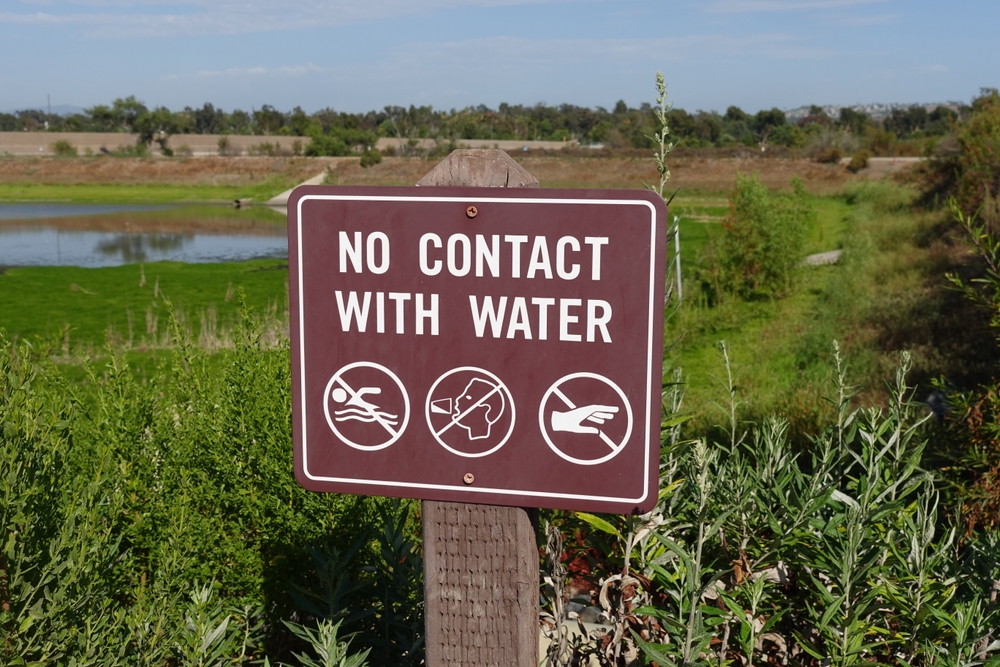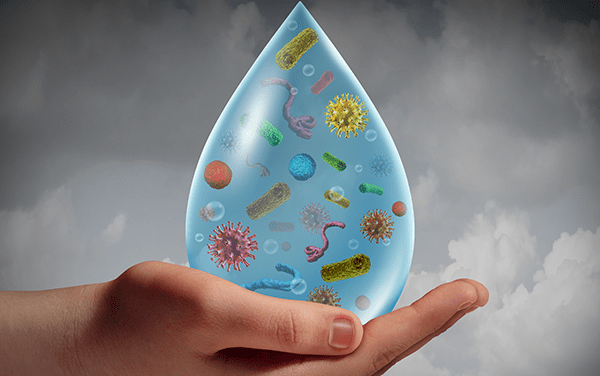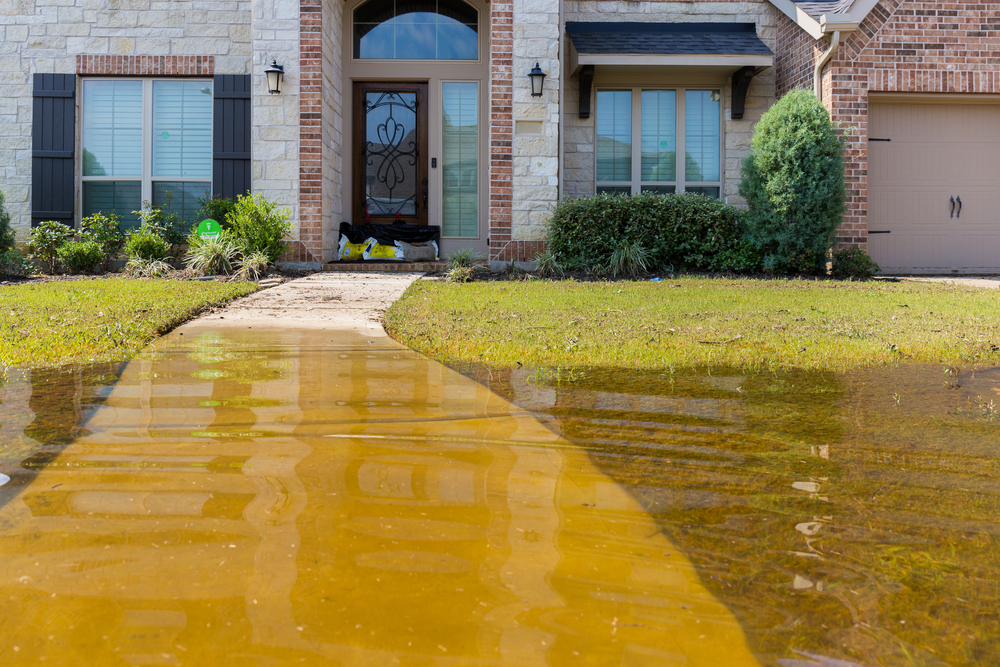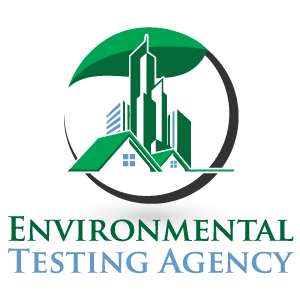
Florida’s subtropical climate can often lead to devastating floods, leaving homeowners to face the daunting task of recovery. While the physical property damage is immediately evident, the hidden perils of floodwater contamination often go unnoticed until it’s too late. This invisible danger can have severe implications for your health, with mold contamination being a leading risk.
In this blog, we will delve into the dangers of flood water contamination, focusing on the risks to indoor air quality and your health. We’ll examine various contaminants present in floodwater, discuss the impact of mold on air quality, and underline the importance of comprehensive air quality testing to ensure a safe living environment.
Flood Water Contamination: More Than Meets the Eye

Floodwaters don’t just bring in water; they can also introduce harmful contaminants into your home. These contaminants could include biological elements such as bacteria, viruses, and parasites. There’s also the potential for chemical pollutants like pesticides, oil, and heavy metals, all of which can pose serious health risks.
Moreover, floodwaters can saturate building materials, creating a damp environment conducive to mold growth. Mold, once established, can produce allergens, irritants, and potentially toxic substances, negatively affecting indoor air quality and leading to a range of health issues.
The Hidden Hazard: Mold Contamination

Floods can cause significant water damage, setting up the perfect breeding ground for mold. Mold spores, though tiny, can have a colossal impact on air quality. As these spores spread, they can contaminate air ducts, furniture, carpets, and even your clothes.
People exposed to mold-contaminated environments can experience various health effects. These can range from minor allergic reactions such as sneezing, red eyes, and skin rash, to more severe problems like asthma attacks and lung infections, particularly in those with weakened immune systems.
The damp, humid conditions after a flood are ideal for mold growth, making prompt and effective cleanup essential. However, it’s equally crucial to have comprehensive air quality testing conducted by a professional company like ETA Mold. This testing ensures your living environment is safe and free from harmful mold spores.
Delving into the Depths: What Contaminants Lurk in Floodwater?

While water is the primary element in flooding, it is rarely alone. Floodwater often acts as a conveyor belt, picking up various contaminants on its journey. These can range from the biologically hazardous, like bacteria and viruses, to the environmentally dangerous, such as chemicals and heavy metals.
Biological contaminants can include E. coli, Salmonella, and Hepatitis A virus. These are often swept up from sewage systems and animal waste, transforming the seemingly harmless floodwater into a hotbed of potential infection.
Chemical contaminants can also pose significant threats. Floodwaters can pick up pesticides, petroleum products, and heavy metals, turning the water into a toxic cocktail. These contaminants can harm human health and the surrounding environment, underlining the need for swift and effective flood cleanup.
The Health Impact: Illnesses Linked to Flood Water Contamination
Floodwater contamination can lead to a variety of health concerns. While any symptoms should always be evaluated by a healthcare professional for accurate diagnosis, here are a few conditions that are commonly associated with exposure to contaminated floodwater:
Gastrointestinal (GI) Illnesses:
These illnesses often result from ingesting water contaminated with bacteria, viruses, or parasites. Symptoms include diarrhea, nausea, abdominal pain, vomiting, and fever.
Skin Infections:
Exposure to contaminated water can result in infections of the skin and soft tissues. These conditions can cause symptoms ranging from mild redness and swelling to more severe abscesses and ulcers.
Legionnaires’ Disease:
This is a type of pneumonia caused by the Legionella bacteria, which can multiply in water systems, including those damaged by flooding. Symptoms include fever, cough, muscle aches, and shortness of breath.
The Fallout: Is It Safe to Eat Food Touched by Floodwater?

In the wake of a flood, it’s natural to wonder what’s salvageable and not – particularly regarding food. The rule here is simple: when in doubt, throw it out.
Flood water contamination can transform your pantry into a potential health hazard. Even packaged foods can be unsafe if floodwater has reached them, as the water may seep into tiny cracks or contaminate the surfaces you touch while preparing food. Canned goods might be salvageable if the cans are thoroughly cleaned and disinfected before opening. However, any items with screw caps, snap-lids, pull tops, and crimped caps should be discarded.
When dealing with the aftermath of a flood, remember that safety should always be the priority. It’s better to err on the side of caution when considering whether to keep food that has been in contact with floodwater.
And always remember to seek professional help from experts like ETA Mold, who can guide you through the cleanup process, ensuring your home environment is safe and healthy again.
Why You Need Comprehensive Air Quality Testing

The risks associated with flood water contamination can linger long after the waters recede. Traditional cleanup methods may not effectively deal with the contaminants, particularly mold spores, that infiltrate your home during a flood. That’s where professional air quality testing steps in.
Air quality testing is a scientific process by trained professionals using specialized equipment. This testing can identify and quantify mold levels and other harmful contaminants in your indoor environment. Doing so can help you understand the extent of flood water contamination and take appropriate remediation measures.
Comprehensive air quality testing can provide peace of mind, knowing your home is safe from hidden dangers. At ETA Mold, our experts will guide you through the process, ensuring your home is thoroughly checked and cleared of mold and other harmful contaminants.
Conclusion
The dangers of floodwater contamination are real and potent. However, with a comprehensive understanding of these risks and professional assistance, you can ensure your home remains a haven. It’s not just about repairing the visible damage caused by floods; it’s about tackling the invisible threats to your health.
ETA Mold stands ready to help Floridians navigate the challenges of flood recovery, from mold identification to comprehensive air quality testing. We aim to help you reclaim your living environment from floodwater contamination. With our expertise and commitment, you can restore your home and peace of mind.



You have brought up a very good details, thankyou for the post.
I’m so happy to read this. This is the kind of manual that needs to be given and not the accidental misinformation that’s at the other blogs. Appreciate your sharing this greatest doc.
obviously like your website however you have to take a look at the spelling on quite a few of your posts. Several of them are rife with spelling problems and I to find it very bothersome to tell the truth however I?¦ll surely come again again.
It is really a great and helpful piece of information. I am glad that you shared this useful info with us. Please keep us informed like this. Thank you for sharing.